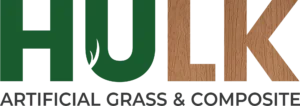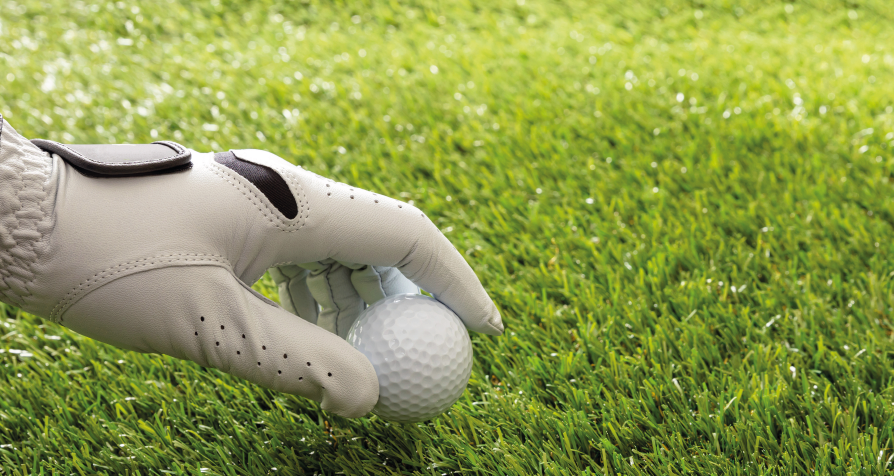
How to Choose the Right Artificial Turf for Your Yard or Sports Area
Artificial turf has become a go-to solution for homeowners, landscapers, and sports facility managers who want a lush, green surface without the hassle of constant maintenance. However, with so many options on the market, choosing the right turf can feel overwhelming. The right choice depends on how you plan to use it, your budget, and the performance you expect.
In this guide, we’ll walk you through the key factors to consider when selecting the best artificial turf for your yard or sports area.
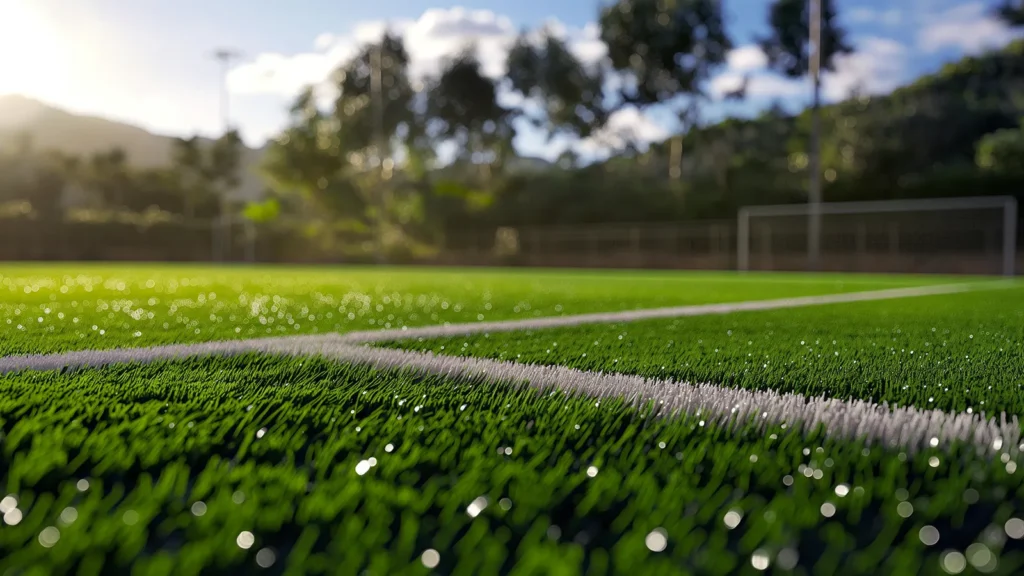
1. Identify Your Needs
Start by asking: Where will the turf be installed and how will it be used?
Residential lawns & backyards → Choose turf that looks natural with a mix of green and beige fibers for realism.
Sports fields & training areas → Opt for durable, performance-oriented turf designed to withstand heavy use.
Play areas & schools → Look for safety-rated turf with extra cushioning.
Pet-friendly spaces → Select turf with strong drainage and antimicrobial protection.
2. Consider Pile Height & Density
Pile Height (blade length):
Shorter blades (20–30 mm) are ideal for sports and high-traffic areas.
Medium to long blades (30–45 mm) give a more natural, lush lawn look.
Density (stitch rate):
High-density turf feels softer and looks fuller, perfect for lawns and decorative use.
Medium-density turf is more cost-effective for sports or multi-use areas.
3. Check the Infill Requirements
Some turfs require sand or rubber infill to maintain stability and performance, especially in sports applications. Others are non-infill turfs designed for quick and easy installation — great for residential and rooftop projects.
4. Look for Cooling & UV Protection
In sunny climates, artificial turf can get hot. Consider products with heat-reflecting technology or lighter-colored infill that reduces surface temperatures. UV protection is also crucial to prevent fading and keep the turf looking fresh for years.
5. Pay Attention to Drainage
Efficient drainage is vital, especially if you have pets or live in an area with heavy rainfall. Look for turf with a perforated backing that allows water (and pet waste) to pass through quickly.
6. Safety & Certifications
For sports areas, check if the turf meets safety standards such as shock absorption and impact protection. For family yards, look for non-toxic materials and lead-free certification to ensure a safe environment for children and pets.
7. Budget & Warranty
Artificial turf is an investment. Compare options not just by price, but also by warranty length and maintenance needs. A higher upfront cost often pays off in durability and long-term performance.
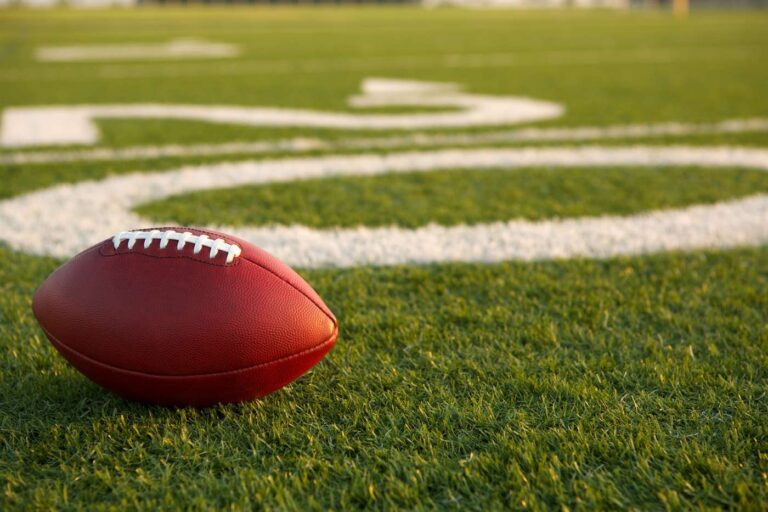
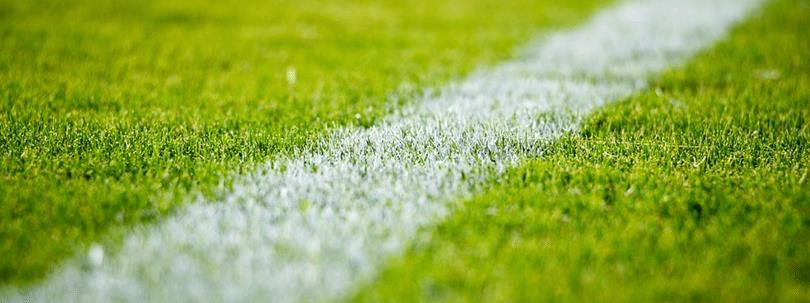
Final Thoughts
Choosing the right artificial turf means balancing aesthetic appeal, durability, and functionality. Whether you’re transforming your backyard into a low-maintenance oasis or building a professional-grade sports field, today’s turf options can meet almost any need.
Take the time to evaluate your priorities, ask your supplier about product specifications, and don’t be afraid to request samples before making your final decision.
With the right choice, your yard or sports area will stay green, durable, and enjoyable year-round.
